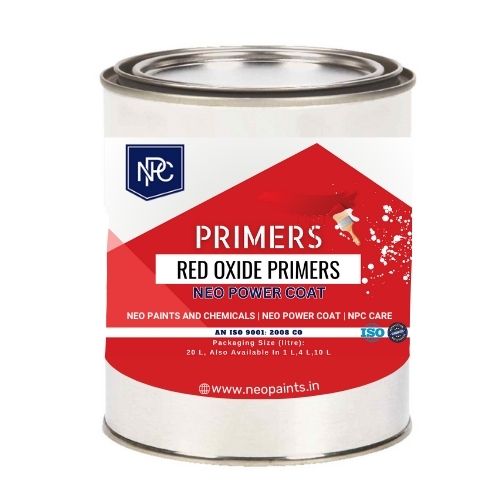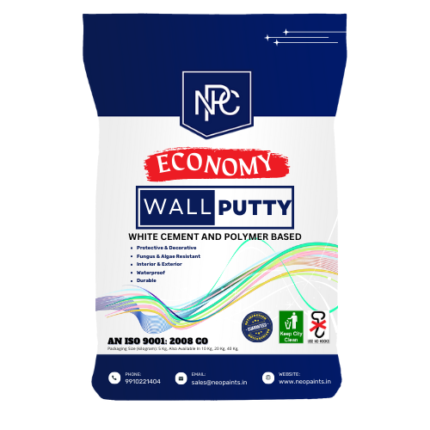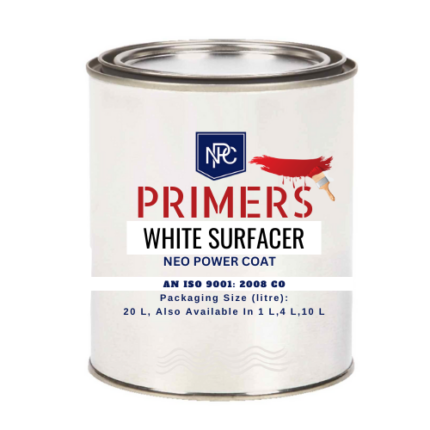Description
- Composition: Red oxide primer is typically composed of a mixture of iron oxide (red rust), solvent or water, and various additives like binders, extenders, and corrosion inhibitors.
- Color: As the name suggests, red oxide primer is red in color due to the iron oxide content. This red color can vary in shade from a deep red to a more brownish hue.
- Purpose: The primary purpose of red oxide primer is to protect metal surfaces from corrosion. It creates a barrier between the metal and the environment, preventing moisture and oxygen from reaching the metal surface, which are the key factors leading to rust formation.
- Adhesion: Red oxide primers often have good adhesion properties, making them suitable as a base coat for further paint or finishing layers. They help paint adhere better to the metal surface.
- Applications: Red oxide primers are commonly used in various industries, including automotive, construction, marine, and industrial manufacturing. They are applied to metal surfaces such as steel, iron, and aluminum.
- Surface Preparation: Before applying red oxide primer, it’s essential to prepare the metal surface by cleaning it thoroughly, removing any existing rust or contaminants, and ensuring a smooth and clean substrate.
- Application Methods: Red oxide primer can be applied using various methods, including brushing, rolling, or spraying, depending on the specific requirements of the project and the type of surface being coated.
- Drying and Curing: The drying and curing time for red oxide primer can vary depending on the formulation and environmental conditions. It’s essential to follow the manufacturer’s instructions for proper drying and curing times.
- Overcoating: Red oxide primer is often used as a base coat, and additional paint or topcoat layers can be applied over it once it has dried and cured. The choice of topcoat can vary depending on the intended use and desired finish.
- Safety Considerations: When working with red oxide primer, it’s important to follow safety precautions, including proper ventilation and the use of personal protective equipment (PPE) such as gloves and masks if necessary.



















Reviews
There are no reviews yet.